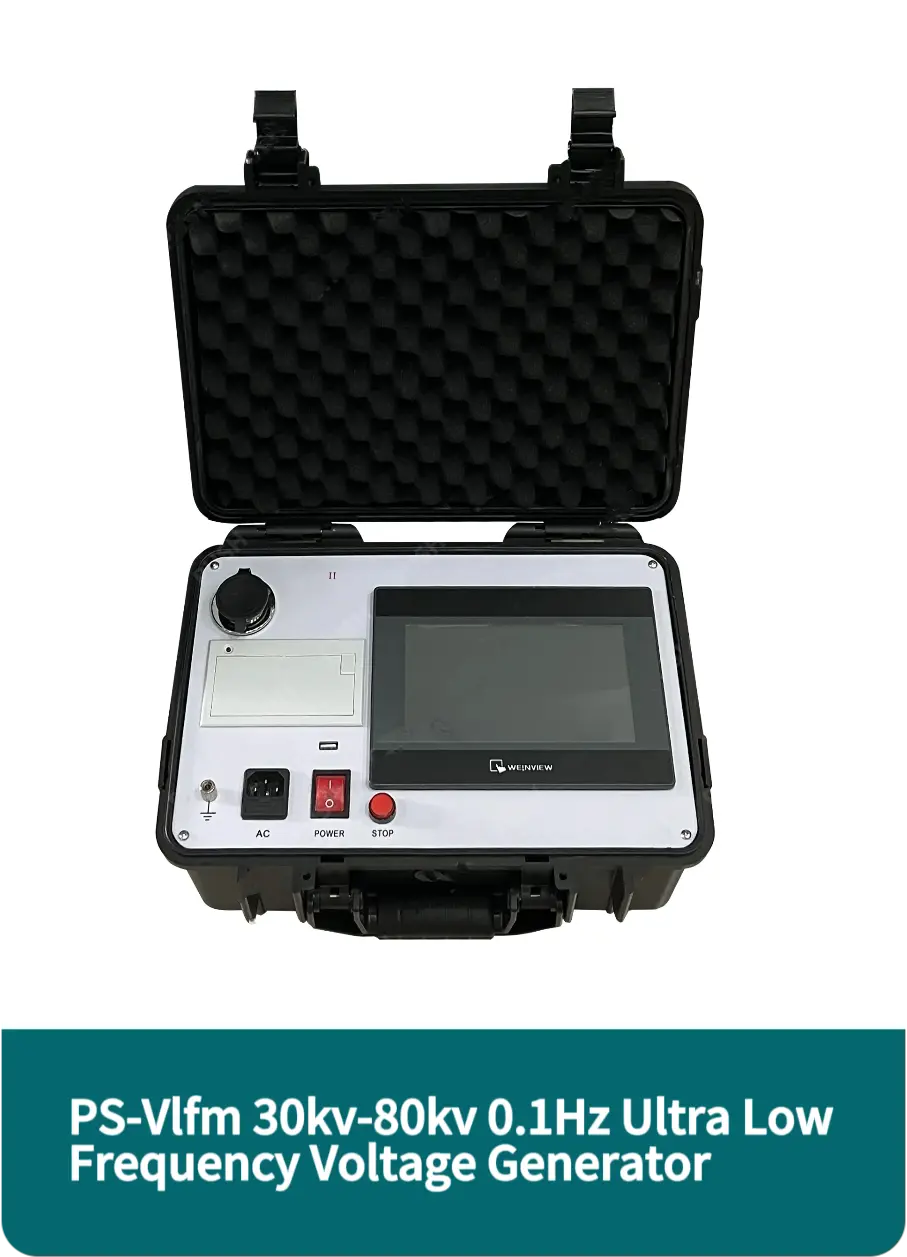 English
English



-
 Afrikaans
Afrikaans -
 Albanian
Albanian -
 Amharic
Amharic -
 Arabic
Arabic -
 Armenian
Armenian -
 Azerbaijani
Azerbaijani -
 Basque
Basque -
 Belarusian
Belarusian -
 Bengali
Bengali -
 Bosnian
Bosnian -
 Bulgarian
Bulgarian -
 Catalan
Catalan -
 Cebuano
Cebuano -
 China
China -
 China (Taiwan)
China (Taiwan) -
 Corsican
Corsican -
 Croatian
Croatian -
 Czech
Czech -
 Danish
Danish -
 Dutch
Dutch -
 English
English -
 Esperanto
Esperanto -
 Estonian
Estonian -
 Finnish
Finnish -
 French
French -
 Frisian
Frisian -
 Galician
Galician -
 Georgian
Georgian -
 German
German -
 Greek
Greek -
 Gujarati
Gujarati -
 Haitian Creole
Haitian Creole -
 hausa
hausa -
 hawaiian
hawaiian -
 Hebrew
Hebrew -
 Hindi
Hindi -
 Miao
Miao -
 Hungarian
Hungarian -
 Icelandic
Icelandic -
 igbo
igbo -
 Indonesian
Indonesian -
 irish
irish -
 Italian
Italian -
 Japanese
Japanese -
 Javanese
Javanese -
 Kannada
Kannada -
 kazakh
kazakh -
 Khmer
Khmer -
 Rwandese
Rwandese -
 Korean
Korean -
 Kurdish
Kurdish -
 Kyrgyz
Kyrgyz -
 Lao
Lao -
 Latin
Latin -
 Latvian
Latvian -
 Lithuanian
Lithuanian -
 Luxembourgish
Luxembourgish -
 Macedonian
Macedonian -
 Malgashi
Malgashi -
 Malay
Malay -
 Malayalam
Malayalam -
 Maltese
Maltese -
 Maori
Maori -
 Marathi
Marathi -
 Mongolian
Mongolian -
 Myanmar
Myanmar -
 Nepali
Nepali -
 Norwegian
Norwegian -
 Norwegian
Norwegian -
 Occitan
Occitan -
 Pashto
Pashto -
 Persian
Persian -
 Polish
Polish -
 Portuguese
Portuguese -
 Punjabi
Punjabi -
 Romanian
Romanian -
 Russian
Russian -
 Samoan
Samoan -
 Scottish Gaelic
Scottish Gaelic -
 Serbian
Serbian -
 Sesotho
Sesotho -
 Shona
Shona -
 Sindhi
Sindhi -
 Sinhala
Sinhala -
 Slovak
Slovak -
 Slovenian
Slovenian -
 Somali
Somali -
 Spanish
Spanish -
 Sundanese
Sundanese -
 Swahili
Swahili -
 Swedish
Swedish -
 Tagalog
Tagalog -
 Tajik
Tajik -
 Tamil
Tamil -
 Tatar
Tatar -
 Telugu
Telugu -
 Thai
Thai -
 Turkish
Turkish -
 Turkmen
Turkmen -
 Ukrainian
Ukrainian -
 Urdu
Urdu -
 Uighur
Uighur -
 Uzbek
Uzbek -
 Vietnamese
Vietnamese -
 Welsh
Welsh -
 Bantu
Bantu -
 Yiddish
Yiddish -
 Yoruba
Yoruba -
 Zulu
Zulu
ct for current measurement
Understanding CT and Its Importance for Current Measurement
Current measurement is a critical aspect of electrical engineering and other related fields that require precise monitoring of electrical flows. One of the key tools utilized for measuring current is the Current Transformer (CT). This article will explore the role of CT in current measurement, including its uses, benefits, and practical applications, highlighting why it is indispensable in both industrial and commercial settings.
What is a Current Transformer?
A Current Transformer is an electromagnetic device that transforms an incoming electrical current into a proportional, lower value current suitable for measurement. This transformation allows for safe and accurate measurement of high electrical currents without the direct exposure to harmful voltages. CTs are widely used in electrical power systems for various purposes, including protection and metering.
How Does a Current Transformer Work?
The operation of a CT is based on the principle of electromagnetic induction. The primary winding of the transformer, through which the high current flows, generates a magnetic field. This field induces a current in a secondary winding, which is proportionate to the primary current but at a lower and safer level. This relationship allows engineers to obtain accurate readings of current levels without the need for direct contact with high voltage systems.
Applications of Current Transformers
1. Industrial Power Monitoring In industrial settings, CTs are essential for monitoring power consumption and operational efficiency. By keeping tabs on the current used by different machines, industries can optimize their operations and reduce energy costs.
ct for current measurement

2. Utilities and Power Distribution Power utilities and electricity distributors frequently use CTs to monitor the flow of electricity through the grid. CTs help in metering the energy sent out to consumers, ensuring accurate billing and system management.
3. Safety and Protection In electrical circuits, CTs are critical for safety. They are used in protective relay systems to detect faults, overcurrent situations, and harmful electrical surges. This allows for quick isolation of faulted segments, preventing further damage to equipment and ensuring safety for personnel.
4. Renewable Energy Systems As the world shifts towards sustainable energy sources, CTs have become integral in monitoring solar and wind power systems. They ensure the efficient integration of these renewable sources into existing power grids, helping to manage current flows effectively.
Benefits of Using Current Transformers
- Safety One of the primary advantages of using CTs is that they allow for the measurement of high currents without direct exposure to dangerous voltages, minimizing the risk of electrical shocks. - Precision CTs provide highly accurate measurements that are essential for effective monitoring and management of electrical systems. - Scalability They can be used with various levels of current and can easily be scaled up or down depending on the specific requirements of the monitoring system.
Conclusion
In conclusion, Current Transformers (CTs) play an essential role in the measurement of electrical currents across various applications, ranging from industrial operations to utilities and renewable energy systems. They offer a safe, efficient, and accurate method for monitoring electrical systems, making them vital tools in modern electrical engineering. Understanding the functionality and importance of CTs will continue to be crucial as we advance towards more sophisticated energy management systems in the future. As technology evolves, so too will the applications and designs of current transformers, further enhancing their capabilities in current measurement.
-
Testing Equipment Industry Sees Major Advancements in 2025: Smart & Precision Technologies Lead the WayNewsJun.06,2025
-
Applications of Direct Current Generators in Renewable Energy SystemsNewsJun.05,2025
-
Hipot Tester Calibration and Accuracy GuidelinesNewsJun.05,2025
-
Digital Circuit Breaker Analyzer Features and BenefitsNewsJun.05,2025
-
Benefits of Real-Time Power Quality Monitoring Devices for Industrial EfficiencyNewsJun.05,2025
-
Earth Fault Loop Testing in High-Rise Building Electrical SystemsNewsJun.05,2025



